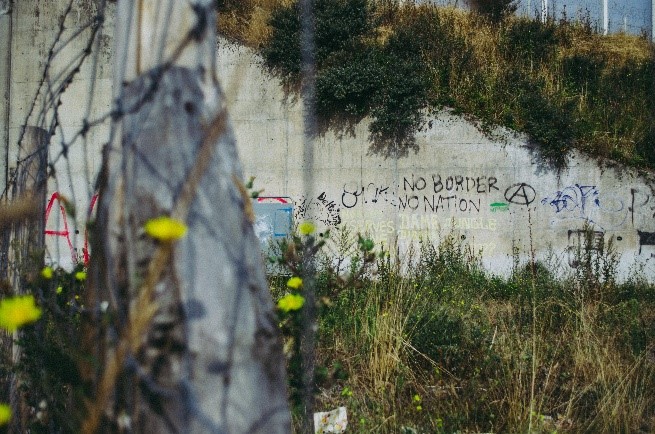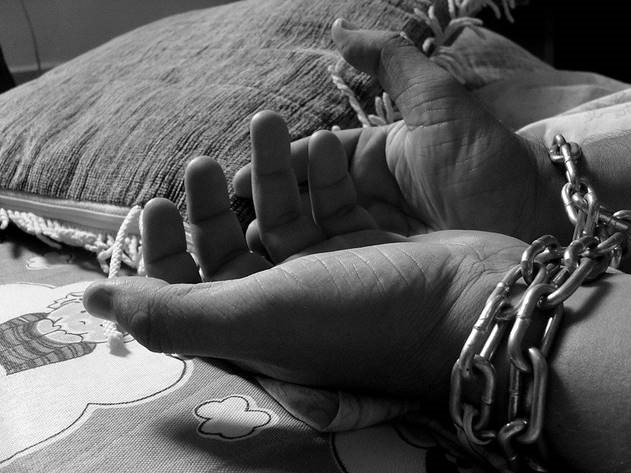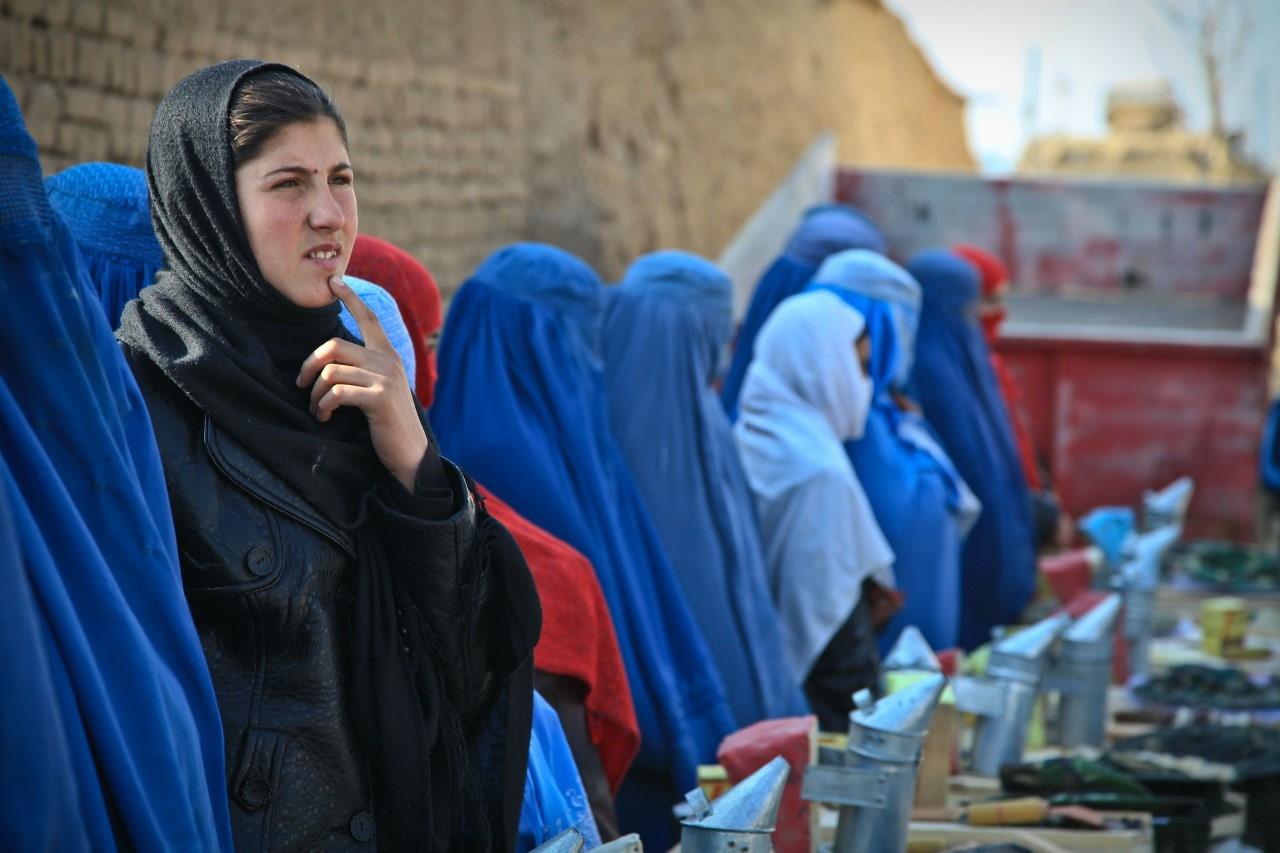Corrective rape is broadly defined as any hate crime that that entails the rape of a member of a group that does not conform to gender or sexual orientation norms, where the motive of the perpetrator is to “correct” the individual, fundamentally combining gender-based violence and homophobic violence (Anguita, 2012, p. 490). The term first arose in the early 2000s when charity workers noticed a spike in this specific type of targeted violence, (Gujadhur, 2017, p. 10) and in particular after the gruesome rape and murder of Eudy Simelane, a well-known national soccer player who was also a proudly ‘out’ lesbian, in Johannesburg in 2008 (Doan-Minh, 2019, p. 167).
Not limited in geographic scope, accounts of corrective rape have been recorded in various parts of the globe including the USA (Amnesty International, 2005, p. 60), Zimbabwe (UN Commission on Human Rights, 2002, p. 29), Jamaica (Jamaica woman brings attention to rapes targeting lesbians, 2015), and India (Horrifying: Parents in India are using ‘corrective rape’ to cure homosexual children, 2015). In the South African context, these biases intersect with systemic racism, producing a disproportionate impact on Black, queer, womxn (Wells and Polders, 2006, p. 23). Corrective rape is not an inexplicable phenomenon, and is borne out of the insidious intersection of systems of oppression, such as the patriarchy and white supremacy, which produce extremely dangerous realities wherein violence against vulnerable marginalized groups is socially sanctioned. In South Africa, cases of corrective rape and murder have been documented for over 15 years, and as recently as last year, a lesbian woman on her way to a shop was attacked and raped by three men in Cape Town, ironically right after Capetonians celebrated Cape Town Pride Festival (Duval, 2020).
At first glance, the international human rights law framework appears suitably poised to tackle corrective rape. This is because several fundamental rights with the IHRL corpus (of which South Africa is signatory) are implicated; these include but are not limited to, the right to life, liberty and security of the person, the right to equality and non-discrimination and the prevention from torture, cruel and degrading treatment. However, the crack in the façade reveals itself upon closer inspection: the international human rights law framework is built upon a traditional single axis model of analyzing and understanding discrimination, which fundamentally constricts contemplation of the cumulative, overlapping, synergistic type of discrimination known as intersectional discrimination, in which corrective rape squarely falls. This single axis framework is best illustrated by the antidiscrimination clauses in IHRL instruments that largely prohibit distinctions based on discrete, mutually exclusive grounds of discrimination (Truscan and Bourke-Martignoni, 2016, p. 103). Consequently, the remedies provided for by the international human rights mechanisms, as well as their policy recommendations, have tended to reinforce this notion, leading to an entrenchment of this singular conception of discrimination at the normative, as well as institutional level (May, 2015, p. 82). For multiple discrimination claims to be addressed effectively, expanding beyond the single axis scope is thus necessary. Some progress in this regard has been observed; notably, the most recent treaty in the core international human rights instruments -the Convention on the Rights of Persons with Disabilities (CRPD)- is the first internationally binding instrument to refer to multiple discrimination as a separate form of discrimination (Hendriks, 2010, p. 8). In addition to a general non-discrimination provision (Convention on the Rights of Persons with Disabilities, 2007, art 5), women with disabilities are recognized as being subject to ‘multiple discrimination’ (often used interchangeably with intersectional discrimination in IHRL) (Convention on the Rights of Persons with Disabilities, 2007, art 6). This latter provision tasks states with hypervigilance when it comes to the treatment that women and girls with disabilities are subjected to (Hendriks, 2010, p. 8).
That being said, there still remains a long way to go. Scholars such as De Beco stress that the transformation of the approach and working methods of treaty bodies by mainstreaming intersectionality is paramount (de Beco, 2017, p. 661). For example, by allowing treaty bodies in practice to apply different treaties in combination consistently, then a gradual progression away from the compartmentalized approach to international human rights law would occur. Under such an operational framework, an application before CtEDAW on corrective rape for example, would be evaluated taking into account the relevant ICCPR and CERD provisions (and vice versa for such an application before the HRC and CERD committees), lending appropriate gravitas to the issue, and extending the maneuvering space for the deliberating Committee. Further, opportunity lies in the fairly novel joint interpretive instruments, which grant treaty bodies the possibility to identify common issues or violations that fall within their purviews and express shared concern about the subject matter in question, via an authoritative statement rooted in their interpretive work. While not a panacea, the joint instrument paves the way for future cooperation between treaty bodies, and provides an opportunity to better address the intricate ‘synergy’ that has dogged intersectionality discourse since its inception. In the particular case of corrective rape, calculated collaboration between the HRC, CEDAW and CERD Committees would better address the complexity of this atrocious human rights violation. The production of authoritative soft law on the subject would also create space for the Committees to apply integrated perspectives and shared interpretive standards to emerging case law on corrective rape.
There is no doubt that corrective rape violates numerous human rights provisions across multiple treaties. As signatory to these treaties, South Africa therefore bears responsibility, inter alia, under the principle of due diligence. More and more, international human rights law has evolved to recognize the unique experiences of compounded oppression faced by individuals with multiple marginalized identities. However, intersectionality in and of itself has not made its way into anti-discrimination law discourse as a core normative value that determines the way that treaty bodies interpret treaties and analyze applications before them. Challenging the single axis model of anti-discrimination law by mainstreaming intersectionality thus proffers a potentially powerful justice avenue for the survivors of corrective rape, if implemented carefully, consistently and collaboratively.
References
Amnesty International (2005) USA: Stonewalled: Police Abuse and Misconduct Against Lesbian, Gay, Bisexual and Transgender People in the U.S. AMR 51/122/2005.
Anguita, L. A. (2012) ‘Tackling corrective rape in South Africa: the engagement between the LGBT CSOs and the NHRIs (CGE and SAHRC) and its role’, The International Journal of Human Rights, 16(3), pp. 489–516. doi: 10.1080/13642987.2011.575054.
de Beco, G. (2017) ‘Protecting the Invisible: An Intersectional Approach to International Human Rights Law’, Human Rights Law Review, 17(4), pp. 633–663. doi: 10.1093/hrlr/ngx029.
Convention on the Rights of Persons with Disabilities (2007) A/RES/61/106.
Doan-Minh, S. (2019) ‘Corrective Rape: An Extreme Manifestation of Discrimination and the State’s Complicity in Sexual Violence’, Hastings Women’s L.J., 30(1), pp. 167–196.
Duval, M. (2020) Boys bust for raping lesbian. Available at: https://www.dailyvoice.co.za/news/boys-bust-for-raping-lesbian-43994634 (Accessed: 27 May 2020).
Gujadhur, R. (2017) To what extent can the issue of “corrective” rapes be addressed by combining the legal frameworks of LGBT rights and women’s rights? Dissertation, LL.M International and European Law. Tilburg University.
Hendriks, A. (2010) ‘The UN Disability Convention and (Multiple) Discrimination: Should EU Non-Discrimination Law Be Modelled Accordingly Part I: Articles and Practitioners’ Notes’, European Yearbook of Disability Law, 2, pp. 7–28.
Horrifying: Parents in India are using ‘corrective rape’ to cure homosexual children (2015) Firstpost. Available at: https://www.firstpost.com/india/horrifying-parents-india-using-corrective-rape-cure-homosexual-children-2273030.html (Accessed: 28 May 2020).
Jamaica woman brings attention to rapes targeting lesbians (2015) AP NEWS. Available at: https://apnews.com/11dbdc605810419a9328311d8cc999b1 (Accessed: 28 May 2020).
May, V. M. (2015) Pursuing intersectionality, unsettling dominant imaginaries. New York: Routledge, Taylor & Francis Group (Contemporary sociological perspectives).
Truscan, I. and Bourke-Martignoni, J. (2016) ‘International Human Rights Law and Intersectional Discrimination’, Equal Rights Review, 16, pp. 103–131.
UN Commission on Human Rights (2002) Report of the Special Rapporteur on violence against women, its causes and consequences, Ms. Radhika Coomaraswamy, submitted in accordance with Commission on Human Rights resolution 2001/49: Cultural practices in the family that are violent towards women. E/CN.4/2002/83.
Wells, H. and Polders, L. (2006) ‘Anti-Gay Hate Crimes in South Africa: Prevalence, Reporting Practices, and Experiences of the Police’, Agenda: Empowering Women for Gender Equity, (67), pp. 20–28.




http://virtuelcampus.univ-msila.dz/facdroitsp
THANKS